In late April, Thailand experienced its hottest day on record with a temperature of 45.4 degrees Celsius. The actual perceived temperature even exceeded 46 degrees Celsius – considered extreme and life-threatening for anyone, even those accustomed to intense heat and high humidity – for 20 days in April and at least 10 days in May. Myanmar also endured 12 days of extreme heat in April until Typhoon Mocha brought rain, but it caused significant damage to the country. The heat continued to plague Myanmar, with the western town of Hkamti recording a temperature of 42.3 degrees Celsius on May 31st, the highest in 58 years, and the northern town of Myitkyina recording a temperature of 41.8 degrees Celsius, the highest in 57 years.
Singaporeans also experienced their hottest day in 40 years, with temperatures reaching 37 degrees Celsius on May 13th, the highest since April 1983. Laos recorded a record temperature of 43.5 degrees Celsius for two consecutive days in May. Prolonged heatwaves also occurred in Cambodia and Malaysia during April and May this year.
In Vietnam, according to data from climatologist Maximiliano Herrera, a record high temperature of 44.2 degrees Celsius was also recorded in early May. On June 1st, Vietnam experienced its hottest June day ever with a temperature of 43.8 degrees Celsius.
People use umbrellas to shield themselves from the sun while walking on the streets of Bangkok, Thailand on April 20. Photo: AFP/VNA
Data from the European Union's Copernicus climate change monitoring agency also shows that from early April to the end of May, six countries in Southeast Asia recorded actual perceived temperatures of around 40 degrees Celsius per day – higher than the threshold considered dangerous, especially for people with underlying health conditions or those not adapted to extreme heat. The World Weather Attribution (WWA) organization also stated that the April heatwave in Southeast Asia was a once-in-200-year event that would be "virtually impossible" without human-induced climate change.
Scientists believe that global warming is making weather patterns more unpredictable. The United Nations Intergovernmental Panel on Climate Change (IPCC) warns that rising global temperatures will increase many risks simultaneously. The recent intense heatwaves in Southeast Asia have become even more dangerous due to high humidity, making it difficult for the body to cool down, causing symptoms such as heatstroke and exhaustion, which can be life-threatening, especially for those with heart, kidney, or diabetes conditions, and pregnant women. In particular, the heat directly impacts outdoor workers and those in the informal sector. According to a 2018 report by the International Labour Organization (ILO), over 60% of the workforce in Southeast Asia is employed in the informal sector. In Cambodia and Myanmar alone, this figure reaches 80%. Not only do these scorching heatwaves affect people's health, but they also threaten the environment and the already precarious livelihoods of the most vulnerable by causing droughts, devastating crops, contributing to wildfires and forest fires, and destroying infrastructure and roads. However, the exact number of deaths due to heatwaves has not been officially released.
Prolonged extreme heat has posed a challenge to ensuring electricity supply in Southeast Asian countries. Some countries have had to proactively implement rolling power cuts or limit electricity supply for production to secure electricity.
In Thailand, high temperatures have led to increased electricity demand, putting the power system at a critical level. The Energy Regulatory Commission (ERC) of Thailand reported that extreme heat caused electricity demand to reach nearly 35,000 MW in a single day at times. This is a record level of electricity consumption during the hot season and is 6% higher than the same period in 2022. Several localities in Thailand experienced widespread power grid failures due to localized overloads. The ERC stated that appropriate measures will be taken if electricity demand in Thailand exceeds 35,000 MW.
Meanwhile, rising water demand has led to persistent water shortages in Cambodia. The Cambodian Ministry of Water Resources and Meteorology warns that hot weather will continue and there will be less rain than in 2022, due to the El Niño phenomenon. The ministry added that rainfall in Cambodia this year is expected to be "20-30% lower than the multi-year average," meaning drought conditions will return.
Faced with life-threatening risks, Thai authorities have advised people to stay indoors, drink plenty of water, wear light-colored clothing, and avoid certain foods that can negatively impact health in hot weather. Singaporean officials have also relaxed school uniform regulations to suit the country's hot weather. In Malaysia, the government has implemented several measures to mitigate the effects of the prolonged heatwave, including cloud seeding, drilling 101 wells to supply areas with limited access to water, temporarily suspending outdoor activities at schools, and providing free drinking water.
Although countries have quickly implemented immediate response measures, global warming, believed to be the cause of more frequent heatwaves, is exacerbating adverse weather patterns if governments do not take decisive action to reverse this trend. Experts believe that countries in Southeast Asia, one of the most vulnerable to climate change, need to be more proactive in adapting and improving forecasting capabilities to act early and minimize damage from heatwaves, considered a "silent threat." Chaya Vaddhanaphuti, a lecturer in the Geography Department at Chiang Mai University in Thailand, argues that there is a need for "an international plan that can protect more vulnerable populations from the increasing risks of climate change and proactive measures to prevent potential health problems."
According to VNA/News Agency
Source link


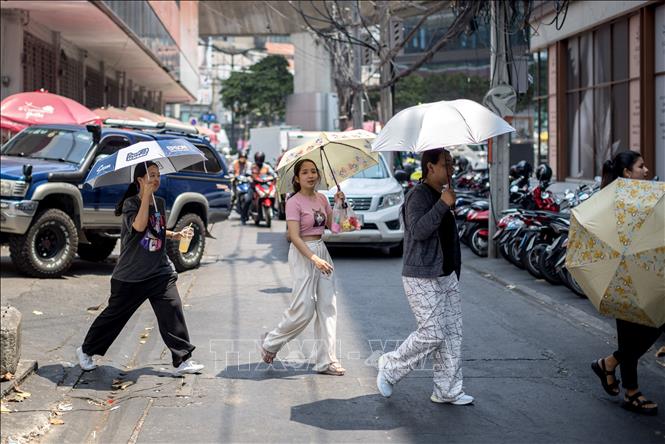


















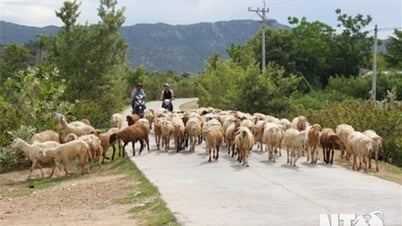









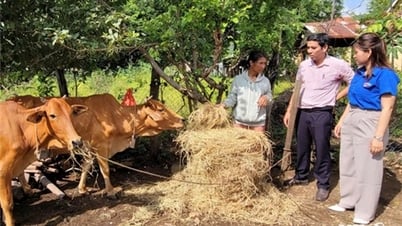
























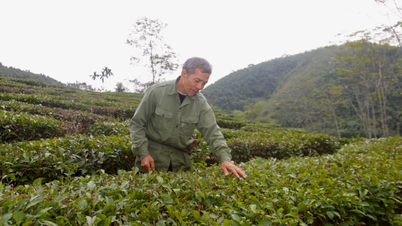


































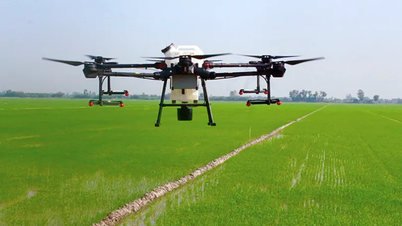
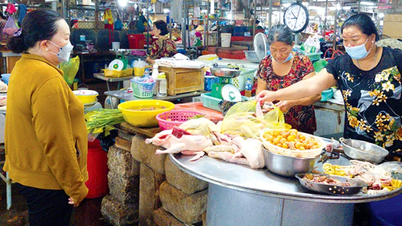


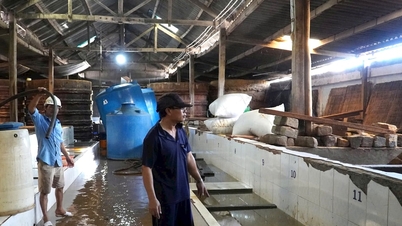













Comment (0)